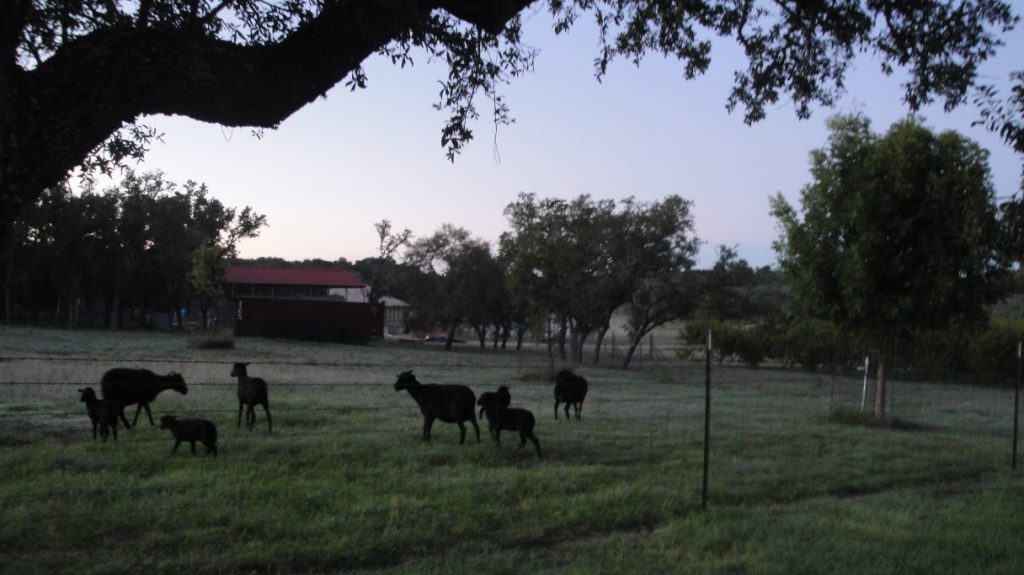
We went to an old railroad tunnel near Fredericksburg to see the bats emerge. You can see from the picture above that bat viewing is a minor local attraction. We didn’t actually see the bats emerge. They did it too much after dark. They come out around dark every night. If they come out around dark before it gets too dark, you can see them, otherwise we just take their word that they came out.
The bats in the tunnel are Mexican free tail bats. They are small bats that eat insects, mostly moths. They are useful because they devour prodigious numbers of corn moths.

We were told, but I didn’t actually see, that the bats take off in a spiral to get enough lift to get into the air. The experienced bats do it well. When there are lots of new bats, the show is evidently more chaotic, presuming you can see it. The bats never come out on schedule and nobody is sure why they come out when they do. One theory is that they just come out when they get hungry, so it depends on how much they ate the night before. Another theory is that there is not theory. One or more of them wanders out and others follow.
A couple people run the “bat watch”. Bat people are special and they are very enthusiastic about bats. They showed pictures and explained the importance of bats in the environment. As I wrote above, the most useful thing they do is eat lots of flying bugs. Bat guano makes very good fertilizer and the bat woman explained guano used to be one of Texas’ biggest exports.
Bats are threatened by a fungus disease called white nose. It can wipe out whole bat colonies. Nobody knows what causes it, but it is probably helped to spread by people coming around from cave to cave, so many bat caves are now closed off to casual visitors. At out bat viewing area, we were told not to go down to the opening. I would not have done so anyway. I appreciate the importance of bats and understand that these little bats are harmless, but I still think it would be a little creepy to be standing right among them. Besides, they probably crap when they fly.
The top picture is the crowd waiting for the bats. Below that picture is one of my friend Dennis Neffendorf’s sheep just before sun up. Dennis owns a peach farm near Fredericksburg. If you want some great peaches, let me know and I will put you in touch. You met Dennis in earlier posts. He worked with me in Iraq. The sheep are unrelated to the bats, but I needed a place to put the nice picture.
President Johnson & his ranch
We also visited the LBJ ranch. Unfortunately, I deleted the pictures by mistake. My only text would be that LBJ actually cared about his ranch. He had a great herd of cattle and he took good care of the land. No matter what you think of him as a politician or a human being, he was a good steward of the land. For me, that means a lot.
Dennis, mentioned above, grew up near the Johnson ranch and as a kid got to do odd jobs around the ranch. He know a lot about the Johnson’s and the people around them. He said Johnson was a bigger than life type guy. He could be a bully and an A-hole, but he remembered his roots and took an interest in everyone he met. Like all great men, he was complex and contradictory, so biographers can find what they want. Lady-Bird Johnson was universally a lady in all the positive senses of the word and she stood by Lyndon. I took a good picture of the tombstones of Lydon and Lady-Bird. Hers is a little bigger. On his tombstone is the presidential seal. Hers features a Texas bluebell. Mrs. Johnson did a good job with wild flowers.
